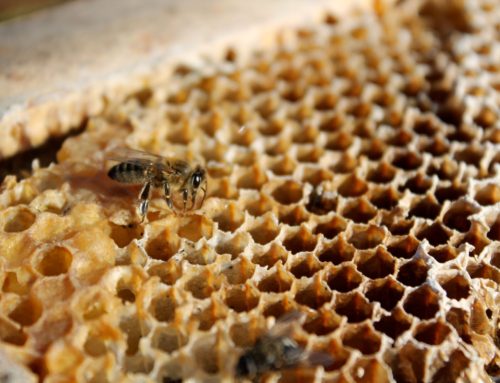Published in Bug Out! Mag Winter Edition 2017
Picture this: You’re hiking in the woods, attentively scanning the ground for wild
edibles. A patch of feathery green leaves catches your eye. Why, it looks like wild
carrot!
As you reach out to uproot one, you hesitate. Wild carrot has a doppelganger, and
it is one of the deadliest plants in North America. Poison hemlock will quickly kill
an adult if even a small amount is ingested, and the toxins could possibly be
absorbed through skin. Pulling this could be risky if you have the wrong weed.
Thankfully, you came prepared for this situation. You pull out your trusty field guide
and open to the corresponding bookmark for your discovery. The specimen in
question is confirmed to be Daucus carota, meaning that you’re in the clear and
wild carrot is on the menu tonight.
Why field guides are important
Helping foragers to make life-saving calls is only one of the many functions that
field guides have to offer. Nature enthusiasts and survival experts both can agree
that having a deep understanding of your environment provides an invaluable
advantage in the wilderness. Hunting, fishing, and foraging all depend upon being
in the right place at the right time, a feat which is much easier to accomplish when
you know how to pick out the place.
The role of field guides in your life doesn’t have to be purely practical, either.
Enthusiasts of all backgrounds take great pleasure in learning the names of the
various birds, flowers, and insects that cross their paths. Developing a relationship
with your local ecosystem can sculpt you into a master of the outdoors.
There are field guides to cover just about anything that you could imagine. Plants,
mammals, mushrooms, insects, amphibians, minerals… the list goes on and on. In
choosing the right one for you, there are many factors to consider. Let’s take a
look.
Traditional field guides
For anybody with a knack for biology, the most accurate and informative field
guides will tend to utilize scientific classification. This means that each entry is
organized by its Latin name and category: Kingdom, Phylum, Class, Order, Family,
Genus, and species. Studying these features for your favorite species is a great
way to become an identification expert.
Familiarizing yourself with scientific classification is much easier than it sounds.
Today, many of the leading field guides contain lessons on how to use the system.
If you’re inexperienced in biology, seek out a book that features introductions for
beginners. These will often include “How to” guides and comprehensive
illustrations.
Modern field guides
If you would rather search through pictures, learning about scientific classification
may seem like a chore. There are many field guides organized by more easily
discernible traits, such as color or size. These are especially common for more
challenging classification systems. Trees, for example, are often found in
guidebooks by order of leaf shape.
When picking out one of these, look for helpful descriptions and well-composed
pictures. If you plan to be using pictures as a primary identifier for food foraging,
be certain that your book covers how to properly distinguish your target from its
inedible lookalikes.
Wilderness survival “field guides”
A quick search on “wilderness survival field guides” will inevitably bring up a long
list of all-in-one field guides, yet these titles can be misleading. As books to pack
in your bag, these can prove to be superb resources for outdoor survival skills. As
field guides for food and medicine, approach with caution. Remember, always
check and double check your information before ingesting or topically applying
anything found in the wild.
Aside from this, making extra room in your pack for an all-encompassing survival
guide is brilliant. It can be highly beneficial to have a quick reference for first aid,
building fire or shelter, trapping, and other basic wilderness survival skills.
How to choose the right field guide for you
After determining what kind of guide you want, it’s time to start checking your
options and narrowing down your search. After all, the best kind of field guide is
the one that fits your needs.
Size: Lugging around an oversized tome goes against the principles of packing
light. On the other end, “pocket” guides can be lacking in what you need. Find the
right balance of portability and information.
Pictures: Some people insist that illustrations are better for consistency and detail.
Others prefer using photos. Whatever style you choose, be sure that your field
guide is printed in full color and features images for each entry.
Region: Guides covering an entire continent are useful for nomads, but packing
that much into a single book means sacrificing more data. If you tend to stay in
one particular part of the country, it may benefit you to get a guide specific to that
region.
Source: The most critically appraised field guides are often those with a long
history of publication. Seek out guides that have been put together by a team of
dedicated researchers.
Using your field guide
Once you have acquired the right book, get out there and start learning. The more
practiced you are, the easier it will be to adapt in an actual survival situation.
Challenge yourself by picking out random targets for identification. Over time, you
will learn how to spot the subtle details that distinguish them. Look for classes
and clubs in your area that can help you get started.
Happy hunting!



